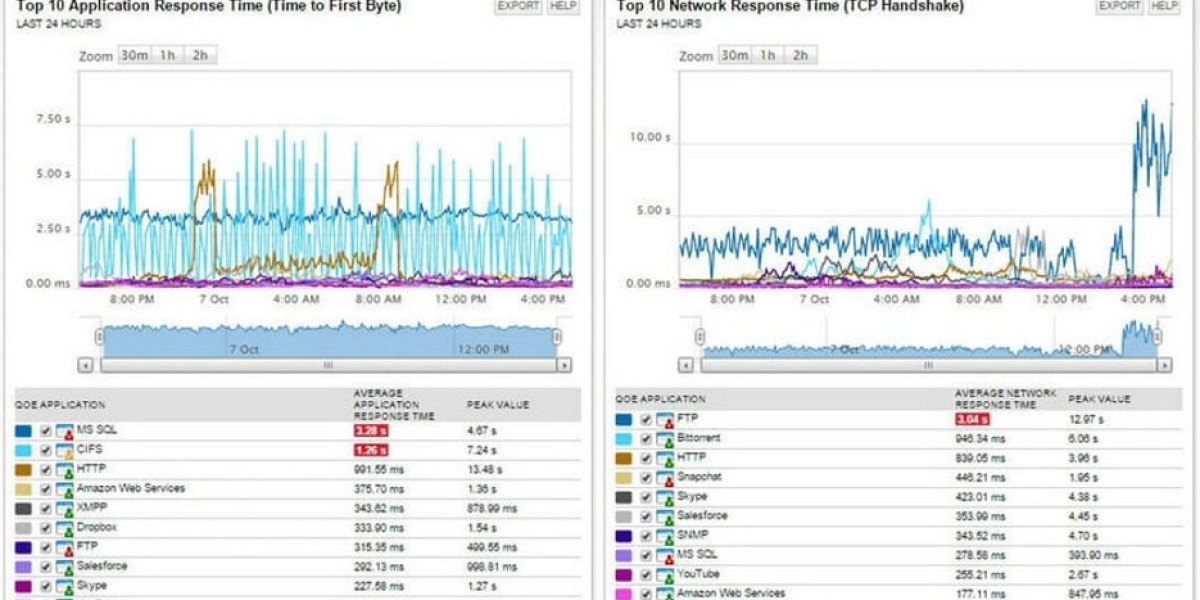Power Electronics: Transforming Power for the Future
Introduction
Power electronics is a field that deals with the conversion, control, and management of electrical power using electronic devices. It plays a crucial role in various industries, including energy, automotive, industrial automation, and consumer electronics. Power electronics systems improve energy efficiency, reduce losses, and ensure the effective management of electrical power, making them indispensable in today’s technological landscape.
The Power Electronics Market Size was estimated at 39.69 (USD Billion) in 2023. The Power Electronics Market is expected to grow from 41.85(USD Billion) in 2024 to 75 (USD Billion) by 2035. The Power Electronics Market CAGR (growth rate) is expected to be around 5.45% during the forecast period (2025 - 2035).
Key Components of Power Electronics
- Power Semiconductors
Power semiconductors, such as diodes, transistors, and thyristors, are the core components that allow for efficient power conversion and control.
- Power Converters
Power converters include devices like AC-DC, DC-DC, DC-AC, and AC-AC converters, which are responsible for converting electrical power from one form to another as required by the application.
- Control Systems
Control systems ensure that power electronics systems operate efficiently and safely by regulating voltage, current, and power levels according to real-time needs.
- Passive Components
Inductors, capacitors, and transformers help store and transfer energy, smooth out voltage fluctuations, and filter electrical noise.
Market Segmentation for Power Electronics
By Application
- Energy and Power
- Automotive (Electric Vehicles)
- Industrial Automation
- Consumer Electronics
- Renewable Energy Systems (Solar, Wind)
- Telecommunication and Data Centers
By Product Type
- Power Semiconductors
- Diodes
- Transistors (IGBT, MOSFET, etc.)
- Thyristors
- Power Converters
- AC-DC Converters
- DC-AC Converters
- DC-DC Converters
- Power Control Systems
By End-User Industry
- Automotive (Electric Vehicles and Hybrid Systems)
- Renewable Energy (Solar, Wind, etc.)
- Industrial Equipment Manufacturers
- Consumer Electronics Manufacturers
- Telecommunication Providers
By Device Type
- Solid-State Devices
- Electromechanical Devices
Benefits of Power Electronics
- Enhanced Energy Efficiency
Power electronics allow for more efficient use of energy in systems like electric vehicles, industrial machines, and renewable energy sources, reducing operational costs. - Compact and Lightweight Systems
Power electronics enable the development of smaller, lighter systems for energy conversion and storage, which is especially crucial in automotive and portable applications. - Reliability and Durability
With improved components and designs, power electronics systems are more reliable and durable, ensuring longer lifespans and lower maintenance costs. - Integration with Renewable Energy
Power electronics facilitate the smooth integration of renewable energy sources, such as solar and wind, into the power grid, making energy systems more sustainable.
Trends Shaping Power Electronics
- Electrification of Transportation
The rise of electric vehicles (EVs) and hybrid vehicles is pushing the demand for advanced power electronics in battery management and electric drive systems. - Wide Bandgap Semiconductors (WBG)
Materials like silicon carbide (SiC) and gallium nitride (GaN) are emerging as key components for power electronics due to their high efficiency and capability to handle higher temperatures and voltages. - Energy Harvesting and Smart Grid Integration
Power electronics are crucial in improving energy harvesting techniques and enabling smart grid technology for better energy distribution and management. - Advanced Power Converters for Renewable Energy
With the increasing demand for renewable energy, there is a growing focus on power electronics solutions that optimize energy conversion for solar, wind, and energy storage systems.
Challenges in Power Electronics
- High Initial Costs
Despite their long-term efficiency benefits, the upfront cost of power electronics systems can be high, especially for high-end applications like electric vehicles and large-scale renewable installations. - Thermal Management
Efficient heat dissipation is a critical concern, as power electronics systems often operate at high power densities, requiring effective cooling solutions. - Complexity in Design
The design and integration of power electronics systems are complex due to the need to balance performance, size, cost, and reliability.
Power electronics is at the core of modern energy systems, driving innovations in everything from electric vehicles to renewable energy technologies. As industries continue to push for greater energy efficiency and sustainability, the role of power electronics will only become more vital. With the development of advanced semiconductors, converters, and control systems, power electronics will continue to evolve, helping industries meet the demands of tomorrow.
Get Related Reports:


